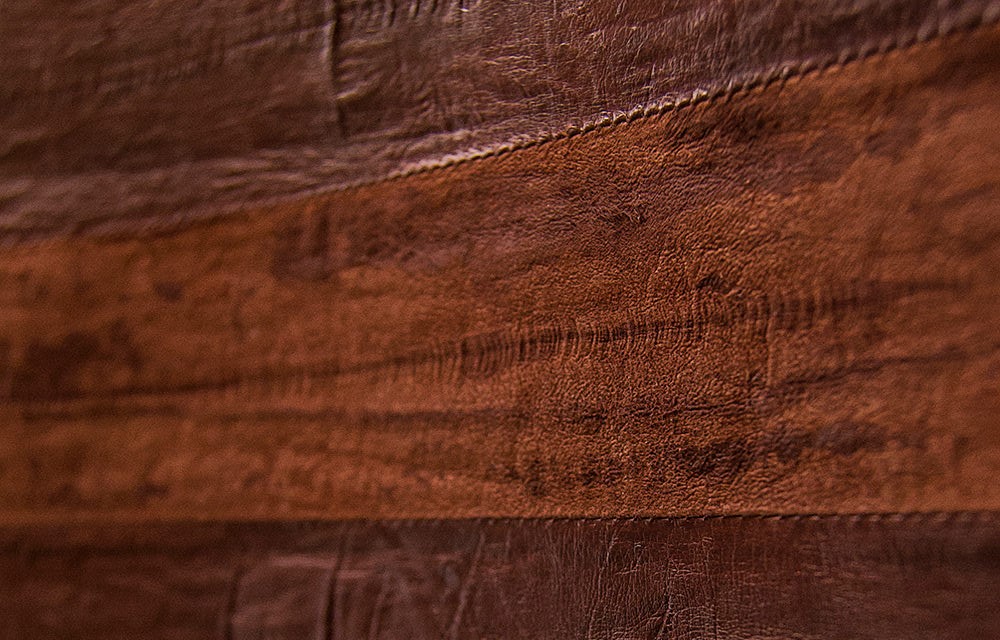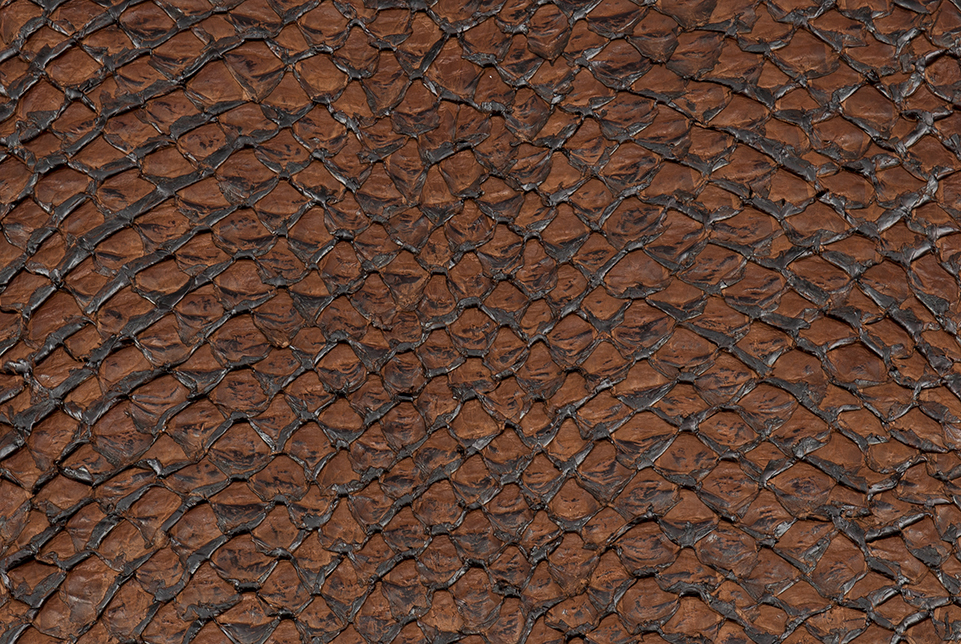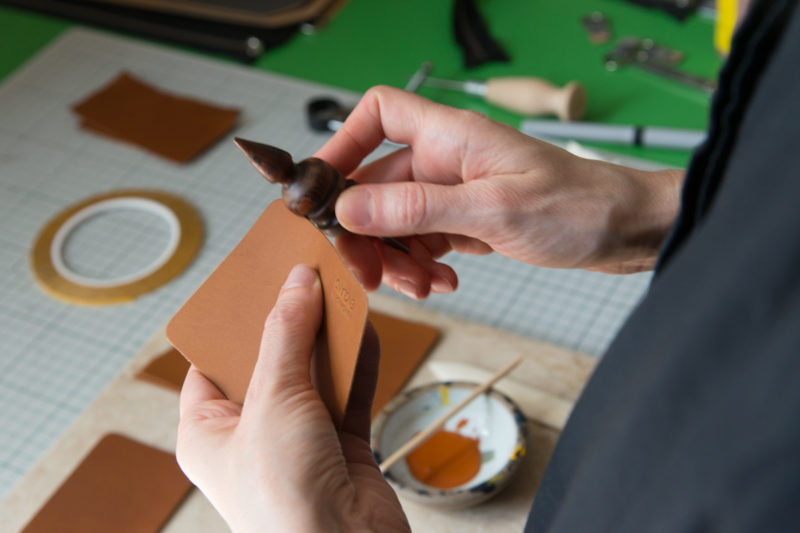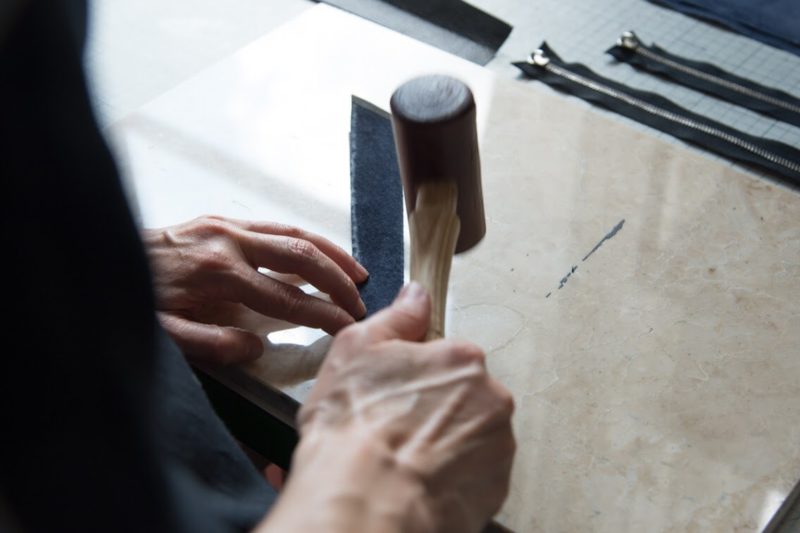Best Water Resistant Leather for your Brand/Leather Accessories
All leathers have different characteristics, and they are all beautiful when used in the right place. In this article, let’s look at some of the water-resistant leathers and what it takes to make one.
Leather is a beautiful material that is used in some of the most luxurious and comfortable products out there. But when it rains or even when there is a little drizzle, it’s time to pack up the leatherwear until the sun is out again. Leather, in itself, does not go well with water.
Though it has some water resistance, that is, it has the ability to naturally resist water penetration to a certain extent, but due to the natural porosity of the material, it can never be 100% waterproof.
The material is naturally very absorbent. When leather gets wet, it also tends to stiffen and crack and, in the process, loses the soft and supple texture that makes it so popular. And should it stay wet too long, the leather may even start to rot. Leather is very susceptible to damage and, if not cared for properly, can quickly wear off. This makes water-resistant leathers increasingly popular in the world of fashion today.
Water-Resistant Leather for your Brand
Faux Leather

Faux leather is mostly waterproof, but it does require constant treatment to make it last longer.
The fundamental difference between faux leather and real leather is the origin of how it is created. Natural leather comes from the animals, but faux leather is a synthetic material produced from the plastic substance. It was made as a leather lookalike, widely available to the market.
Faux leather is a popular alternative to real leather. Though it cannot compare to full-grain leather, in terms of overall durability, look, and feel, the material does have a much lower permeability that prevents it from absorbing water.
Faux leather, unlike the real deal, is manufactured using a kind of plastic called polyurethane. As the process of waterproofing leather entails creating a barrier of synthetic plastic between the leather and the water, faux leather is exceptionally resistant to water damage.
With the latest technologies, faux leather is even designed to become scratch proof. But, it fails to provide the same quality of look and feel like natural leather. At the end of the line, choosing the leather type based on the necessities is the obvious choice to make. Both types of leather are great choices and have their own beautiful advantages.
Synthetic Leather

As far as waterproof leather goes, synthetic leather is not a bad choice. But first, we need to understand that no leather can be 100% waterproof, but there are additives which can help in the process to make one. Similarly, synthetic leather is a cheap alternative and is commonly used by manufacturers as a leather lookalike addition to leather accessories.
Synthetic leather tends to be much lighter and less expensive than real leather. Familiar to genuine leather, synthetic leather is also a reasonably absorbent material that readily takes in water. For waterproofing synthetic leather, an artificial spray can be added such that it will create a waterproof layer between the leather and water. But this in fact needs to be regularly treated but can be considered a fairly cheaper alternative than ruining an expensive leather.
Nubuck Leather

With a distinct resemblance to suede, this buffed down variation of full-grain leather is naturally resistant to small amounts of water. These materials which are mostly used in shoes and heavy-duty accessories are resistant to wear as well and can be coloured. It can also be further waterproofed using a spray to create an added layer of protection from water damage.
Nubuck leather is easily recognizable because of its similar characteristics to aniline leather. When in contact with water, this leather dampens and restores to its original colour after it dries. Everybody loves some good old heavy-duty nubuck shoes.
Treatments And Sprays Can Help Make Leather More Water-Resistant
Leather is a delicate fabric, and several treatments are available to build its resistance to external damage. The most commonly used among these treatments is a wax-like dubbin or beeswax. Another common option is to use either a spray protectant or some other commercial waterproofing product that is specifically designed for leather.
The Waxing Method
- Clean the leather thoroughly and ensure that it is completely free of any residual dirt or foreign particles that may hamper the effectiveness of this method.
- Apply a small amount of the wax to a cloth first, never use it directly on the leather, and then rub the cloth over the leather. The consistency of the wax needs to be such that it is easily applicable, so make sure that you warm it a little beforehand if it is too hard.
- Repeat the process as required and, once complete, allow the wax to dry naturally for 30 minutes to an hour. This may take a while, but remember to be patient. Any attempt to hurry the process along by heating the fabric might ruin the material by causing cracks.
- Once the wax has dried completely, buff it off with a clean and dry cloth.
Conditioning Method
Much like waxing, conditioning your leather is integral to its maintenance and helps the material retain its suppleness. If you find your leather hardening or forming cracks, it is time to give it good conditioning. However, beware of over-conditioning as leather that is too soft may not be desirable, especially for products like bags or boots.
- In order to condition your leather, the fabric first needs to be wet. Leather, being a highly permeable material, will absorb the conditioning treatment more as the water evaporates from the fabric.
- Add a little conditioner to a cloth or your fingertips and start working the conditioner into the leather gently. Make sure to cover every crease and fold. Once done, remove any excess conditioner.
- Allow the leather to dry naturally at room temperature.
Bear in mind that both the waxing and conditioning methods work only on certain leathers and may not be compatible with others. For instance, wax can ruin a material like suede, which requires a special spray treatment.
Water Resistant Luxury Leather for your Brand
Fashion is fast evolving to catch up to the needs of the people, and water-resistant products have always been in demand. Here are some of the best luxury leathers that are water-resistant, available today –
Eel Leather

Underrated in the realm of exotic leathers, eel skin is supple, silky smooth, and beyond easy to work with. Perfectly suited to garments and handbags, this material is stretchy and flexible and allows for some of the most intricate design work, making it a top contender among luxury leathers.
Stingray Skin

A crown jewel among leathers is stingray skin which makes some of the most durable leather out there. Obtained from the dorsal fin of the stingray, the hide is naturally patterned with tiny calcium-filled bubbles, giving it a unique pattern. The skin is both water-resistant and flame-retardant, and its varying sizes make it perfectly suited for all kinds of products from wallets to motorcycle seats.
Arapaima Skin

This relatively new addition to the fashion industry is likely to be a key player in the field of luxury leather products. These exotic fish found in the freshwater bodies of the Amazon can provide up to eight square feet of high-quality leather. Immune to piranha bites, arapaima skin is extremely durable, dual-layered and is also shock-absorbent.
These luxury leathers are some of the best in the market. They are all naturally water-resistant, making them both super convenient and beyond comfortable – quite literally, the best of both worlds!
When it comes to making an excellent leather luxury product, finding the perfect supplier is half of the job. With years of experience in crafting the finest leathers in the UK, CreateLab offers its top-notch service in leather sourcing, prototyping and manufacturing.
If you are looking for a consultant to guide you through establishing your leather business, contact us right here.
RELATED ARTICLES
A GUIDE TO LEATHER GRADES
FIVE TIPS ON RECOGNISING GENUINE LEATHER FROM FAKE LEATHER
WHY LEATHER MANUFACTURERS CARE WHEN SOURCING THEIR GOODS
A BRIEF HISTORY OF LONDON’S LEATHER INDUSTRY AND WHAT WE HAVE LEARNT FROM IT
LUXURIOUS LEATHER CHECKLIST: WHAT TO KNOW BEFORE YOU BUY
7 PLACES TO FIND QUALITY GENUINE LEATHER IN LONDON
8 BENEFITS OF MANUFACTURING YOUR LEATHER GOODS LOCALLY
HOW TO STORE YOUR LEATHER GOODS





